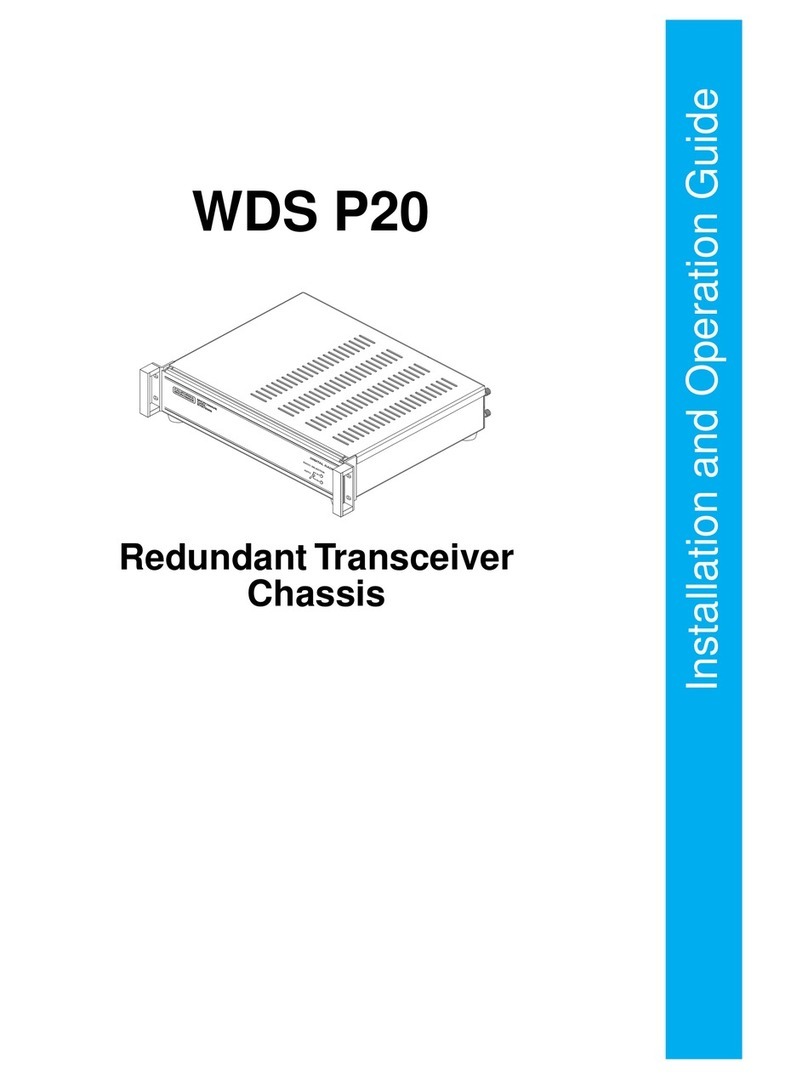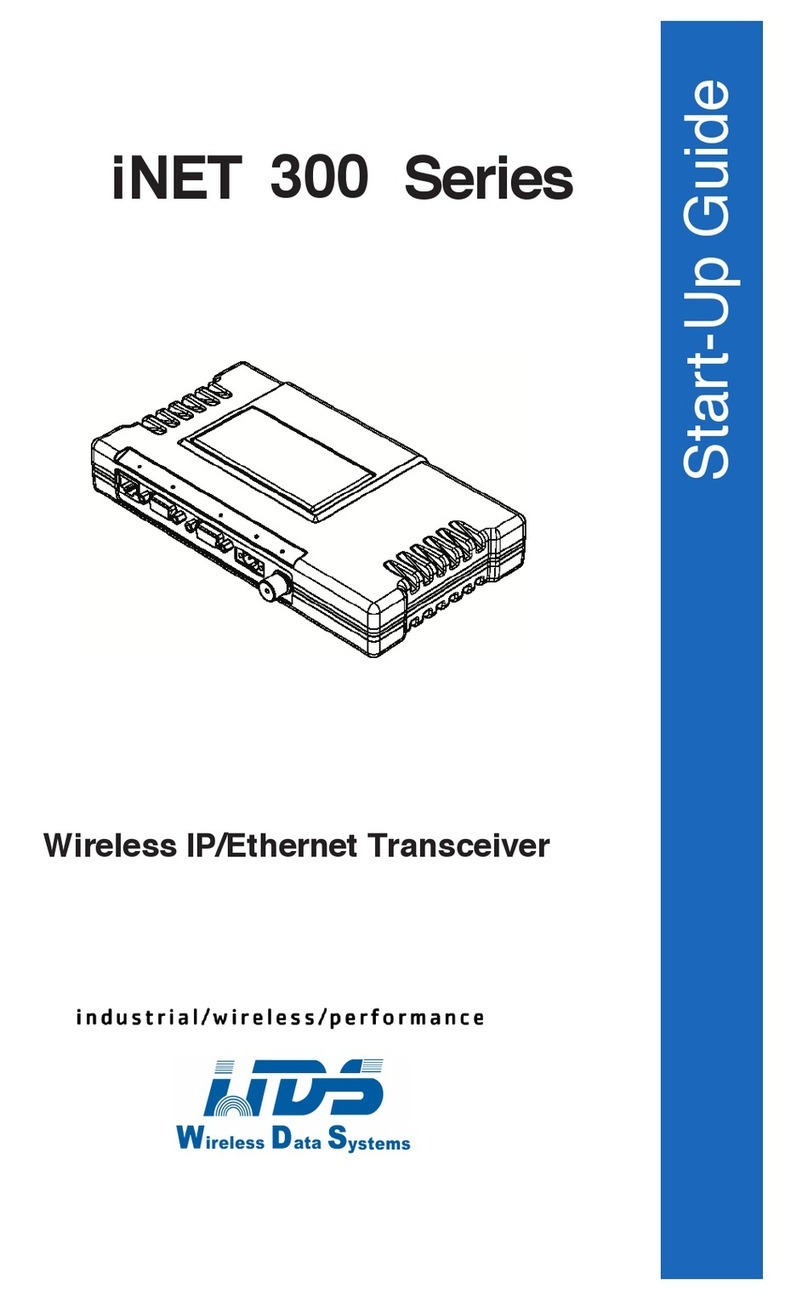
INIT [x720]......................................................................................27
INIT [x710]......................................................................................27
TransceiverSpecifications..35
6.11710A/C,4710A/C,4710A/C,9710A/C
ii05-3305A01, Rev.E
DEVICE[DCE, CTSKEY]...............................................................25
DKEY..............................................................................................26
DIN[ON/OFF].................................................................................26
DLINK[ON/OFF/xxxx].....................................................................26
DTYPE [NODE/ROOT]...................................................................26
DUMP.............................................................................................26
EMP [ON/OFF]................................................................................26
HREV..............................................................................................27
INIT.................................................................................................27
KEY.................................................................................................28
MODEL...........................................................................................28
MODEM [xxxx, NONE]....................................................................28
OWM[XXX...]..................................................................................28
OWN[XXX...]..................................................................................28
PTT[0–255]....................................................................................28
PWR[20–37]...................................................................................28
RSSI................................................................................................29
RTU[ON/OFF/0-80]........................................................................29
RX[xxx.xxxx]..................................................................................29
RXLEVEL[–20to+6]......................................................................30
RXTOT [NONE, 1-1440].................................................................30
SCD[0-255]....................................................................................30
SER.................................................................................................30
SHOW[DC, PORT, PWR]...............................................................30
SNR................................................................................................30
SREV..............................................................................................31
STAT...............................................................................................31
TEMP..............................................................................................31
TOT [1-255, ON, OFF]....................................................................31
TX[xxx.xxxx]...................................................................................31
TXLEVEL[–20 to+6, AUTO]..........................................................32
UNIT [10000...65000]......................................................................32
5.0TROUBLESHOOTING..............................................................32
5.1LEDIndicators ................................................................................32
5.2Event Codes...................................................................................33
CheckingforAlarms—STAT command...........................................33
MajorAlarms vs.MinorAlarms.......................................................33
EventCodeDefinitions...................................................................34
6.0TECHNICALREFERENCE.......................................................35
6.2HelicalFilterAdjustment................................................................36
6.3Performing Network-WideRemoteDiagnostics .............................37
6.4User-ProgrammableInterfaceOutputFunctions...........................39
6.5UpgradingtheRadio’sSoftware ....................................................40
6.6ExternalOrderwireModule............................................................41





























